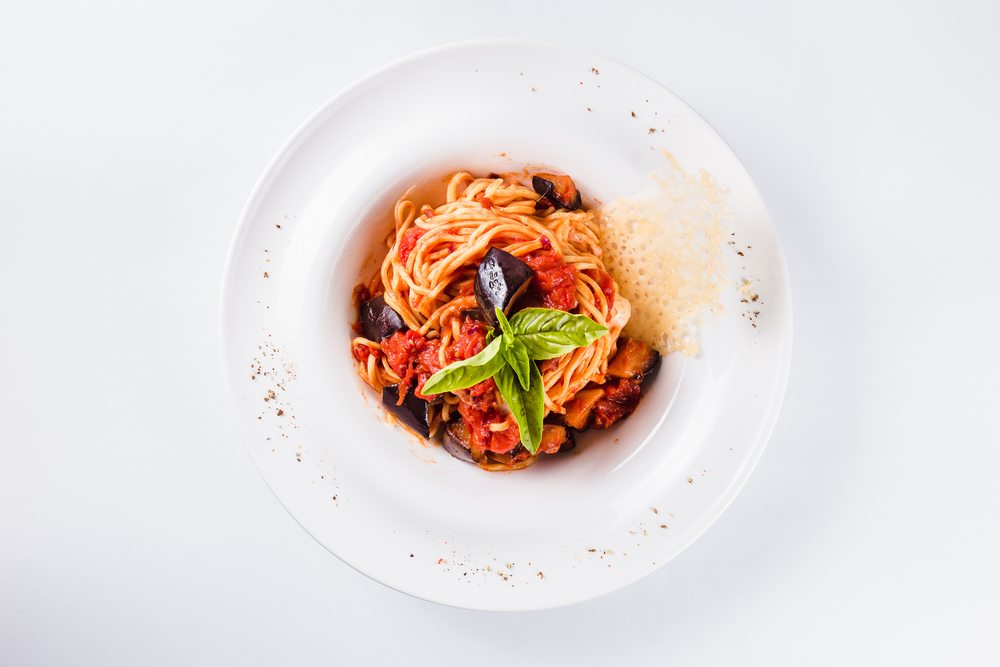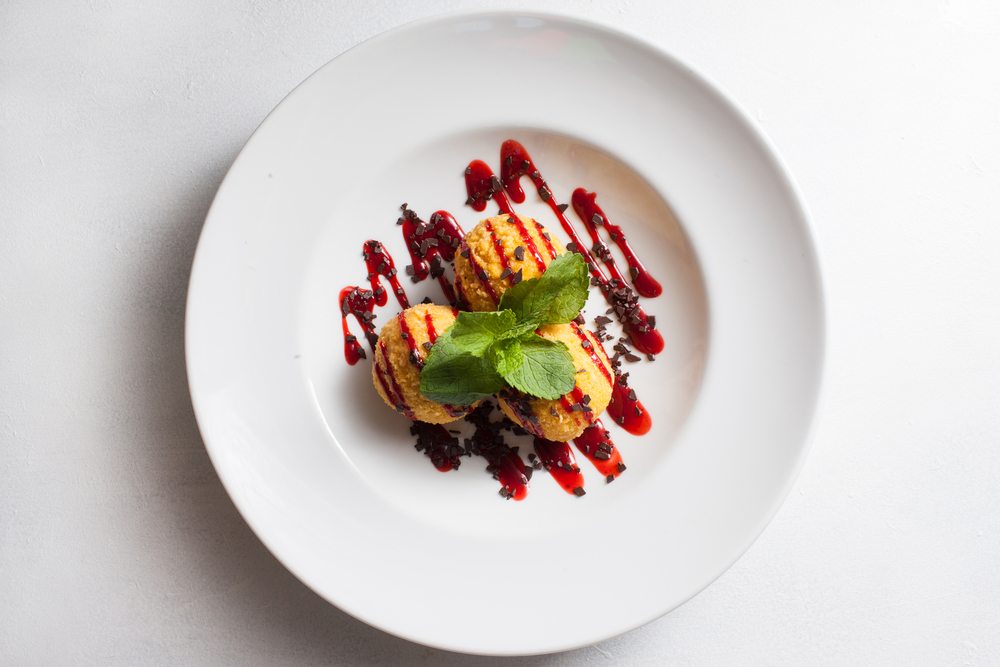As a diner you’ve probably faced this scenario more than once: You arrive at a restaurant, open the menu, and have no idea where to look or what to order. The shoddy menu design made ordering too complicated. But as a restaurant owner, how do you make sure your own menu is well designed, so that your customers can order food effortlessly?
Did you know you can subconsciously encourage customers to buy what you want them to buy? You can also discourage customers from ordering food you don’t want them to order. This is called “menu engineering,” and there’s technology out there to help restaurant owners harness its power and build strong menus. Menu engineering isn’t just about highlighting your best or most popular dishes. It’s also a way to point your customers toward the most profitable dishes so you can increase your margin and raise revenue by as much as 12 percent in your first year, according to Food & Drink Resources. If you’re not already optimizing your menu using restaurant menu software, now is the time to start.
What Is Menu Engineering?
Menu engineering uses Big Data to determine the most popular and most profitable dishes on your menu. Using that data, you can build a restaurant menu designed to promote dishes that bring in the highest revenue. Your menu is, after all, your most valuable marketing tool. Follow these steps to get the most out of it.
1. Study: First, create a list of your dishes and assign an exact cost for ingredients (you can exclude labor costs). Make sure this figure is as precise as possible because it could affect the accuracy of the results. Now, for each menu section, rank the dishes from the most profitable to the least. Now, similarly, make a second list that ranks your dishes by popularity, using data pulled from your POS system.
2. Categorize: Next, you want to create a matrix using “popularity” and “profitability” as the two axes. This will create four quadrants or categories:
- High profit, high popularity
- High profit, low popularity
- Low profit, high popularity
- Low profit, low popularity
Using the two lists from step one, plot each menu item on one of the four quadrants/categories. For example, if your lists (from Step 1) determined a certain salad is a highly profitable and hugely popular item, the salad will fall into the “high-profit, high-popularity” category.
3. Design: After plotting all your dishes on the matrix, you should have an idea of how well each menu item is performing. Now you’ll use menu design to promote your “high-profit, high-popularity” dishes. You may want to highlight these dishes in a call-out box or use a different color to denote them on the menu. Or, maybe you feature photos of these dishes. You could devote an entire page on your menu to featured dishes or categories.
When building an improved menu for your restaurant, you should also downplay your “low-profit, low-popularity” dishes. Of course, if dishes are too niche, or just not worth the effort, this is a good excuse to rethink these dishes altogether. That doesn’t mean you have to trash everything. If something is dear to your heart, or fulfills a specific need, leave it on your menu. Just don’t promote it in your marquee spaces.
4. Test: Treat the new menu design as a test at first and pay attention to how it affects customer behavior. Do you notice promoted dishes getting more play? Or, are people generally ordering as they did before? This will help you determine the effectiveness of your new design, and you can tweak as necessary to get it right.
Designing Your Menu with Restaurant-Menu-Builder Tools
There are a number of restaurant menu software available to help you with this process. Here are a few worth checking out:
- Toast: If you’re already using Toast for your POS system, why not try its restaurant menu software for menu engineering? The tool helps you plot your dishes on the matrix and shows you how profitable and popular items are. Toast helps you make tough decisions on which dishes to keep and which to lose.
- Sysco: Sysco Menu Services similarly uses a matrix to chart the performance of menu items. The tool also includes a profitability calculator so you can determine exactly how much you can raise prices, if necessary. Sysco Menu Services also provides hundreds of menu layout options so you can try out different designs to test the impact on customers.
- DiningIQ: Decision Insight’s DiningIQ tool helps you to optimize your most profitable and popular dishes, and also uses analysis and research to find ways to get your existing customers to spend more. This restaurant menu builder helps you look at your existing menu items and proposes new items to determine the best mix for your menu.
Insights on Menu Creation
Remember that menu engineering, while generally effective, is far from a precise science. Pay attention to how your new menu changes customer behavior. Is the design effective? Be prepared to pivot when necessary. Here are a few things to keep in mind when using restaurant menu software to recreate your menu:
- Avoid Clutter: Highlighting too many dishes can make your menu look messy or cluttered. Try to stick to one or two highlights per section. Avoid too many call-out boxes or special colors. These elements may distract your customers.
- The Price (Placement) Is Right: Don’t list your pricing along a column. Instead include it at the end of your descriptions. Otherwise, customers will pay too much attention to the column of prices instead of focusing on what they actually want to eat.
- Descriptions Matter: Spend the most time writing menu descriptions for your profitable and popular dishes to really sell them. That doesn’t mean you should ignore your less-profitable dishes. They just aren’t as high on the priority list.
- Use Images Carefully: Most high-end restaurants don’t use images on their menu. But that doesn’t mean it’s not right for your business. Visuals help sell dishes. But don’t forget that having too many images clutters and distracts. Include just one photo per section, tops.
Do you need more ideas for marketing your business?










